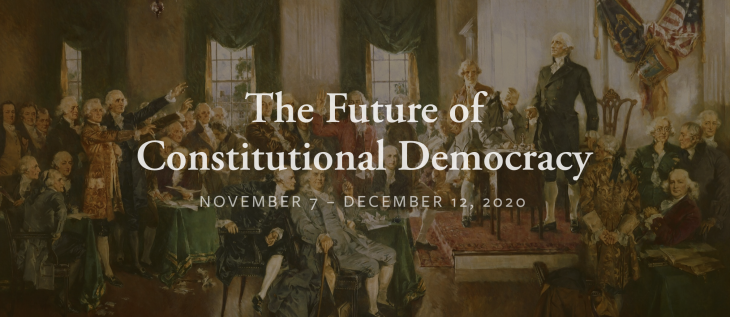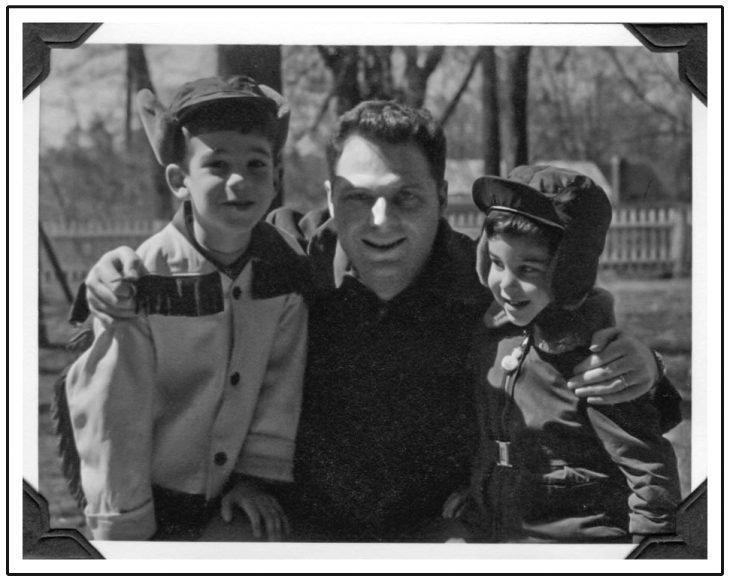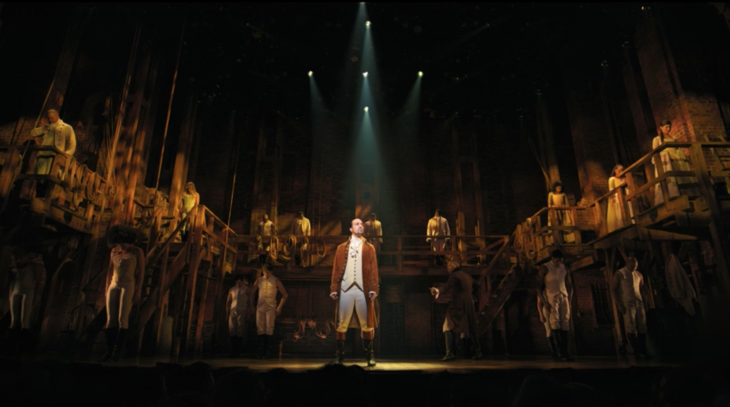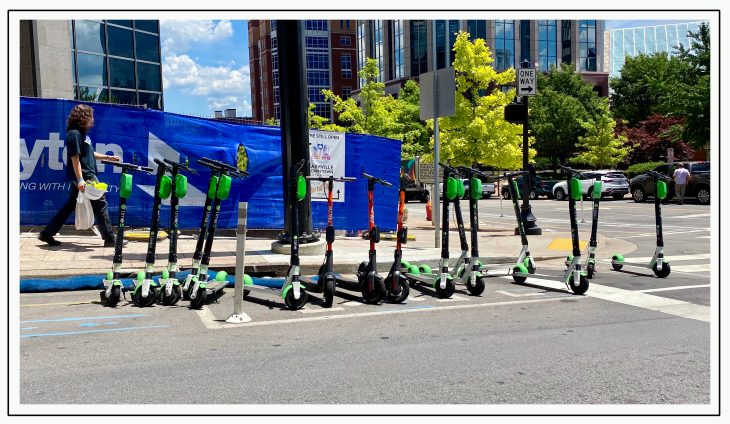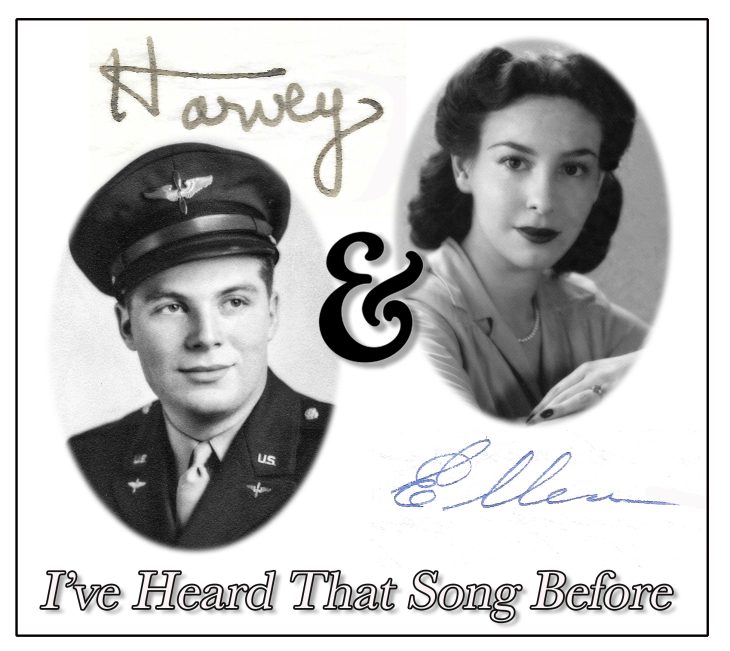The Post-Covid Recollections of a Closet Dodgers Fan
“The one constant through all the years has been baseball. America has rolled by like an army of steamrollers. It has been erased like a blackboard, rebuilt and erased again. But baseball has marked the time. This field, this game: it’s a part of our past. It reminds of us of all that once was good and it could be again.”
— James Earl Jones as Terence Mann in Field of Dreams (1989)
– – –
I went to Atlanta last week to see a baseball game, the first major league game I’ve been to in at least a dozen years. I went to see the Los Angeles Dodgers play the Atlanta Braves.
My attire for the occasion was conflicted: I wore a white Dodgers home-team jersey emblazoned with the number ’39’ – and a Braves cap. Other fans, many with the good sense to be wearing Braves jerseys and caps, inquired about my divided loyalties.
“I’ve been a Braves fan since I lived in Hawaii in the 1980s” I explained, “and Ted Turner’s cable station was the only live television we had out there. That’s when I first tuned in to the Braves. But I’ve been a Dodgers fan since I was 10. And that’s all because of that number 39…”
My trip to Atlanta for this afternoon of divided loyalties was, in some ways, a consequence of the pandemic. Call it “a gift of Covid.”
I’m still sorting out the impact of the bizarre year now past, how 14-plus months of nearly total isolation has slowed down my inner rhythms and rekindled dormant interests. I spent a lot of my involuntary solitude reading real books. And, curiously, a lot of those books were about baseball.
As the pandemic relaxes its grip and a new season of baseball chases the arc of the sun from spring into summer, I find myself interested in the game again, in a way I had not been for several years.
Of all the major sports, baseball is the only one I have ever had any real affinity for – perhaps because it was the only sport I played in school that I had any ability for, even though it wasn’t much. I never could run and bounce a ball, stop and throw it in a hoop. And given my 98-pound-weakling physique I had no business playing football at all. Though I was never picked first for anybody’s team, I could swing a bat and occasionally hit the ball, and I recall at least one dazzling play in the infield that got me thinking I had a future as a second baseman – at least until I tried and failed to turn a double play.
My interest in baseball faded over the past several years. Maybe because of the way computers and the internet have rewired my brain, I lost patience for the game’s languid pace. And once I got a TiVo, I l could no longer sit through the commercials.
I’d try to get interested in the playoffs and World Series, but those games are interminable. Glorious and brilliant as the essential game may be – as much as 90-feet between the bases and three-outs-per-inning are evidence of Divine Inspiration – four-plus hours is just entirely too much baseball, especially when most of that time is filled with endlessly repeating ads for trucks and nachos.
When the pandemic started and I found myself #HomeAlone, I started reading books about baseball. I started with W.P. Kinsella’s Shoeless Joe – the book that inspired the movie Field of Dreams. Then I read The Last Boy, a biography of Mickey Mantle. After that I plunged into David Halberstam’s epic account of the season that concluded with the Cardinals facing the Yankees in the World Series in October, 1964. Then I read a Phillip Roth book pretentiously entitled The Great American Novel which was, naturally, a satire about baseball.
All this reading seems to have rendered two clear, positive benefits. First, with nothing but time on my hands I rediscovered the simple pleasure of reading actual books, focusing on printed words and turning actual pages. And I think that re-rewired my brain in way that, coming out of the pandemic, I have also rediscovered baseball.
*
I grew up in the New Jersey suburbs of New York. We were Yankee fans. My father was raised in Manhattan, and the Yankees were New York’s team. The Dodgers? They were the less worthy denizens of the remote cultural backwater known as Brooklyn.
Some of my earliest memories revolve around baseball. Like that time I asked my older brother Arthur, “How long is an inning?”
“Three outs,” he informed me.
“Yeah but how long does that take?” I pestered.
“As long as it takes,” he insisted.
That was how I learned that there is no clock in baseball.
Other baseball memories include sitting on the bus after school one sunny October day and listening to the 7th game of the 1960 World Series – when Bill Mazeroski of the Pittsburgh Pirates hit the home run in the bottom of the 9th inning that ended the series – and Casey Stengel’s long tenure as the Yankees colorful manager.
The following year Mickey Mantle and Roger Maris went after Babe Ruth’s single-season home run record, and we tracked their progress on a bulletin board in my 5th grade class room.
Sometime in the mid-50s, my father took Arthur to a game at Yankee Stadium, and brought home a ball that had been autographed by a pantheon of 1950s icons like Mickey Mantle, Whitey Ford and Yogi Berra. Like idiots, though, we used that ball to actually play baseball in the backyard, and lost it in the weeds. I imagine that ball would be worth quite a few shekels today.
Unlike my brother – and all those talking heads in the Ken Burns Baseball documentary series – I never went to a baseball game with my father. My mother said once that he died just as I was getting to the age where he’d started doing things with me. Had he lived a little longer, maybe that would have included going to Yankee games.
The only game I do recall going to as a kid, my grandfather took me and Arthur to. It was the annual pre-season Yankees – Dodgers exhibition game, which had been a tradition in the years when those teams – and the Giants – made New York what Ken Burns called, “The Capital of Baseball.” That year, the Dodgers had to come from the other side of the country rather than from the neighboring borough of Brooklyn – since they’d moved to Los Angeles a few years earlier.
We were seated somewhere along the first baseline, at field level. I remember being astonished at how high a fly ball could go: on the TV, they just disappeared from the frame before falling into the fielder’s glove. In real life, they just keep going up and up and up until they’re just another tiny white dot in the night sky. To this day when I go to a ball game and somebody hits a towering pop fly, I am amazed at how high they go – once again an 8 year old is following the upward trajectory and wondering if it will ever come down.
Maybe because that first real baseball game was between the Yankees and the Dodgers, I have always felt that the best outcome to any baseball season is a Yankees-Dodgers World Series – like that Series in 1977 when Reggie Jackson hit all those home runs.
When the Yankees and the Dodgers play, I don’t really care who wins. I can cheer for every seeing-eye single, every dazzling catch in the outfield and every split-second double play. I can simply dwell in the explosive, athletic artistry of baseball. The Dodgers scored? Great. A Yankee struck out with two outs and the bases loaded? That’s great too. Just keep throwing, hitting, running and catching. Baseball is the only game that can transcend any moment and ride the relentless, infinite crest of its history.
That was our baseball heritage, to the extent we had any; we were New Yorkers living in New Jersey, and our team was the Yankees. The Brooklyns were a lesser breed who had abandoned the grungy city and moved to some sunny place called California.
But there is another reason why I could root for the Dodgers and/or the Yankees, why I was always a ‘closet’ Dodgers fan.
Because in the 4th grade I read a biography of a Brooklyn Dodgers catcher named Roy Campanella.
*
I don’t recall how that book first fell into my hands back in 1960, and until I re-read it along with the other baseball books I read during the Pandemic Summer, I really didn’t remember much of the actual story. I’d forgotten that the man’s name was ‘Campanella’ because his father was a white Italian immigrant who had married a black woman from Philadelphia. That one drop of Negro blood was all it took for Roy to be regarded as 100% black, and consigned to the Negro Leagues for much of his baseball career.
What I do recall vividly – some 60 years since I first read it – is that that book opened my eyes to the truth of America that they weren’t teaching us about at the Forrestdale School. From that book I learned about racial discrimination and inequality in the country that my all-white suburban elementary school taught me was the land of the free, where “all men are created equal.” From Roy Campanella’s story, I learned that there was – literally – a dark side to the “liberty and justice for all” that we pledged allegiance to every day when we stood with our hands over our hearts and saluted the flag.
And I learned from that book how a white man named Branch Rickey took a giant stride toward alleviating centuries of injustice by sending a black man named Jackie Robinson onto a grassy green field in the heart of Brooklyn to play a child’s game with white men.
Even in the 4th grade I knew, if vaguely, that Jackie Robinson was the first Negro to play Major League baseball. Robinson’s name is now enshrined not only in the annals of baseball history, but in the annals of American history as well. His number 42 is retired from all the teams in both the major and minor leagues, and every April 15 is Jackie Robinson day, when every player on every team wears that revered number 42.
Everybody remembers who came first.
But I remember the man who came second*.
Now batting for the Brooklyn Dodgers, three times the National League’s Most Valuable Player and eight times an All-Star, the catcher, number 39: Roy Campanella.
Campy could have been first. He had played in the Negro Leagues in the 1930s and 40s, and was signed to the Dodgers farm system 1946, the same year as Jackie Robinson. But when it came to finally breaking the color barrier that the Major Leagues had quietly enforced since the 1880s, Mr. Rickey chose the grittier Robinson to face – and face down – the taunts of opposing teammates and fans. Campanella made it to ‘the show’ the following year, after Robinson had proven that black players were just as deserving as any white player and carried the Dodgers to the 1947 World Series – where, of course, they lost to the damn Yankees.
Roy Campanella posted a lifetime batting average of 276, knocked in nearly a thousand RBIs, hit 242 home runs (putting him at #11 on the catchers lifetime homers list), was elected to the Hall of Fame in 1969 and according to legend was one of the happiest players whoever put on a uniform and glove.
All that came to a screeching, glass-and-bone-shattering end for Roy Campanella one frigid night in the winter of 1958, when his Chevy sedan skidded on a patch of ice, hit a telephone pole and flipped over. This was well before seatbelts were required in all cars, and the accident tossed Campanella around in the front seat, breaking his neck and leaving him paralyzed from the shoulders down.
His biography describes how Campanella almost gave up on life, but gradually came to accept his condition and rehabilitate some of the use of his arms and hands. He remained confined to a wheel chair for the rest of his life, but I was mightily impressed with the way the Dodgers organization took care of him. When the team moved west before the 1958 season, they took Campanella with them and kept him on as a coach. Over the following four decades he remained one of the most revered members of the Dodgers staff.
*
I lived in Los Angeles twice, first in the 1970s, and again for two years in the early 1990s. I went to a game at Dodger Stadium in the spring of spring of 1993. I don’t remember anything about the actual game – who the Dodgers played, any spectacular hits or plays in the field, or who won.
All I remember is one moment after the game.
I was on my way out of the stadium when I looked up the concourse and saw him: in his wheelchair, wearing a dark blue suit and a smile, waiting for an elevator, only a few yards away, in the flesh: the 71-year-old Roy Campanella.
I wanted to approach him. I wanted to say something to him. I wanted to thank him – for being alive, for living such a magnificent life, for overcoming his injuries and disabilities and remaining an inspiration.
But…
I whiffed it.
I let the moment pass, and regretted that choice the instant I’d left the stadium.
A few weeks later I regretted that decision even more, when came the news that Roy Campanella was finally well and truly safe at home: he died in June, 1993.
This spring, after re-reading that biography I had first read in the 4th grade and a small trove of other books about baseball, I am interested again in the one game that has been a constant through all the years, the only thing about America that has survived all the steamrollers and blackboard erasures. And in these moments of rediscovery I’ve done something that had never occurred to me to do before: I bought a baseball jersey. I found a website where I could get a vintage Dodgers jersey with whatever number I wanted, and I sent off almost $200 for a jersey with the number 39.

“B” is for “Brooklyn”
Along with the Dodgers jersey, I bought a bright blue cap emblazoned with the white letter “B” that the Dodgers wore for all those years they were the heart and soul of Brooklyn. I wear that hat often, and it is heartening when somebody stops and asks me what that “B” is for.
“No, it’s not for Boston,” I usually have to start out. “It’s for Brooklyn. Surely you know the Dodgers played there long before they moved to L.A., right? And do you know about Roy Campanella? No? Then let me tell you…” and off I go with how this man’s half-forgotten story opened my eyes to the underlying truth of American mythology – and made me a life-long Dodgers fan.
Every one of those conversations ends with an account of that day on the concourse at Dodger Stadium, seeing Roy Campanella in his wheel chair, waiting for an elevator and how I wish I’d said something.
I suppose I have a lot of regrets in life. It would be ludicrous to think that I could spend 70 years stumbling around on this planet without compiling a considerable list. Girlfriends come and gone, a couple of marriages (but no kids), opportunities squandered, friends and fortunes made and lost.
Nor can I think of even a handful of people who, over the course of those seven decades, have truly changed my life. But countless times over the years I have told the story of the book that I read when I was in the 4th grade, and of the ebullient black baseball player whose story wrapped itself around the heart of a ten year old white boy.
That afternoon on the concourse at Dodger Stadium, I had my opportunity to close the circle – and I let it get away from me.
I understand myself and my country better because of him, but in that moment I just couldn’t think of how to say, simply, “thank you” to number 39, Roy Campanella – the second* Negro to play baseball in the Major Leagues.
– – – –

Braves cap, Dodgers Jersey – and Guy Tucker, a kindergarten classmate who lives in Atlanta. We connected via Facebook but had not actually seen each other since about the time that photo of “The Little Yankee” (above) was taken.
– – – –
*OK, here’s a correction for all you purists and historians: it has come to my attention that, in fact, Roy Campanella was not the second Negro / Black / African American to play in the Major Leagues. That distinction belongs to Larry Doby, who went to bat for the Cleveland Indians on July 5, 1947, a little more than two months after Jackie Robinson made his debut with the Brooklyn Dodgers. That made Doby the first black player in the American League, and makes Roy Campanella the third black player in either league (and second on the Dodgers).
The point of this story is that ‘nobody ever remembers who came second.’ I’m leaving the text as written, but will add, ‘…or third’ to set the record straight.














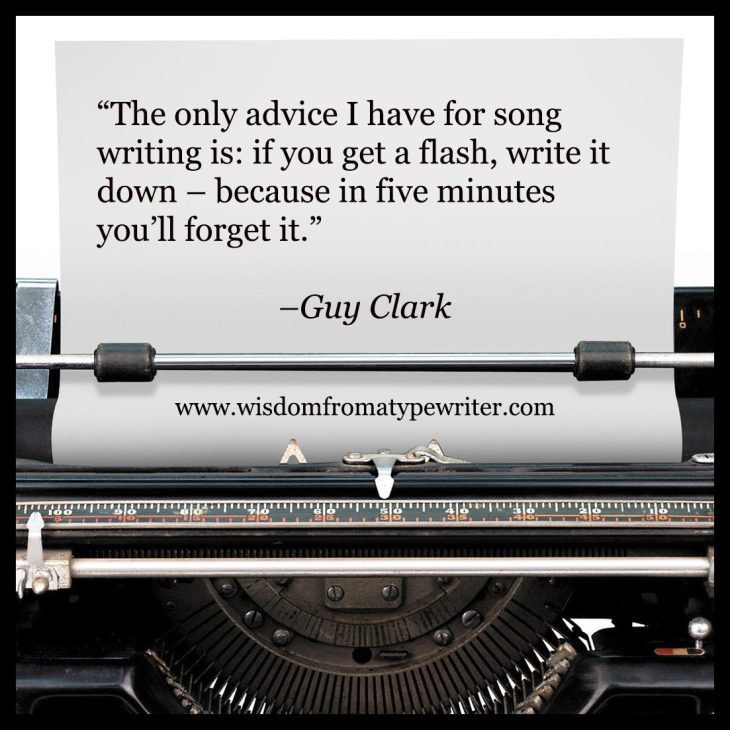
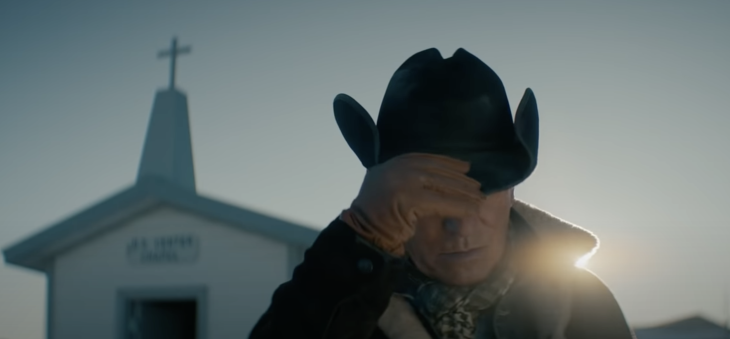

















 It’s really not like a grizzled curmudgeon like me to express that degree of optimism.
It’s really not like a grizzled curmudgeon like me to express that degree of optimism.